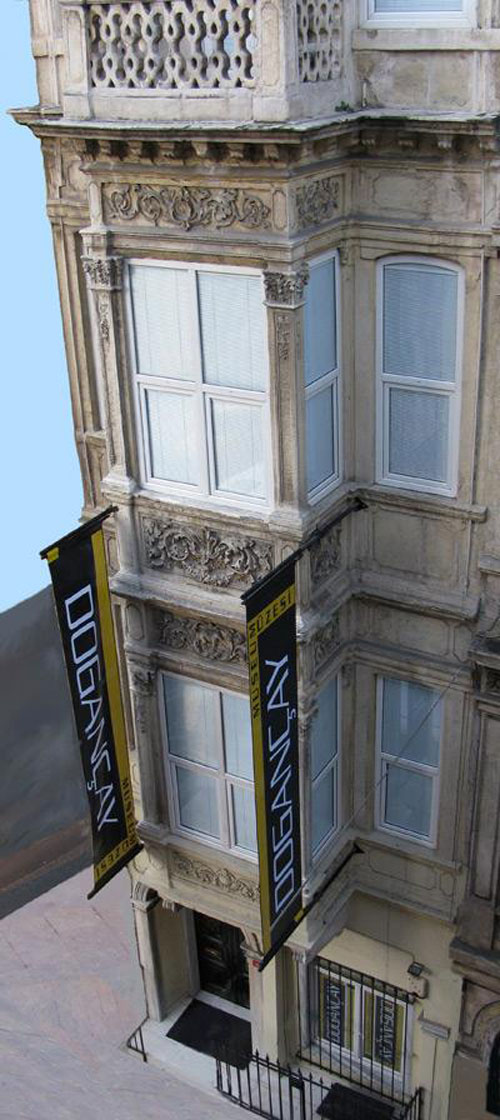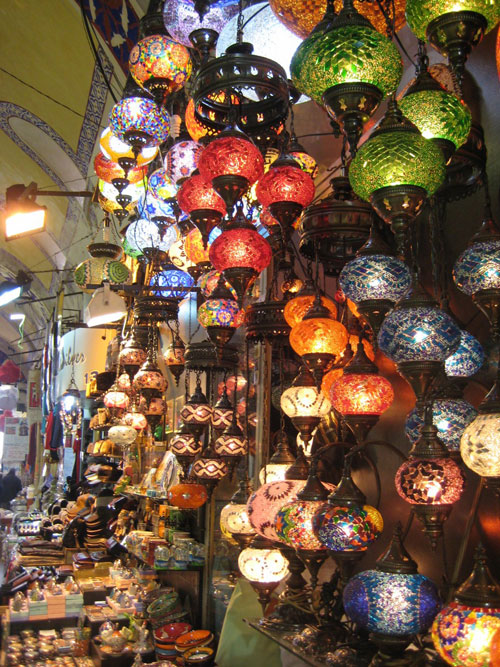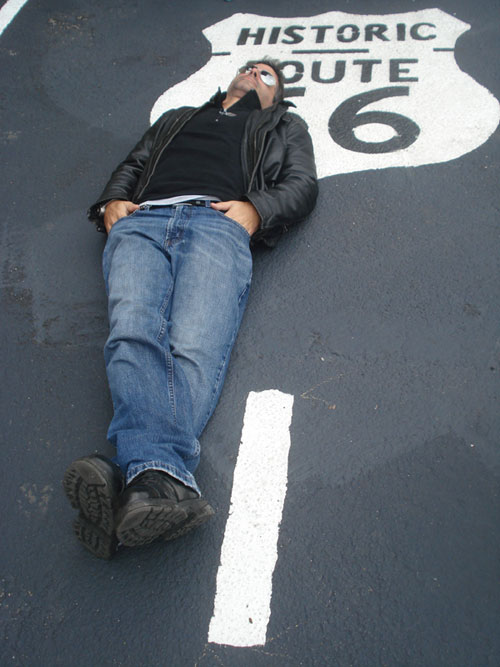It is said that Chinese Empress Hsi-ling-shi began to develop the culture of the domestic silkworm some 4,700 years ago. Associated with silk production, China soon became synonymous with wealth, and merchants traveled all over Asia and to the Mediterranean coast under strict prohibition of disclosing the secret of the sericulture. This is how the Silk Road, a road of multiple branches that connected East and West during ancient times and medieval times, came about.

Although it took more than 1000 years for the sericulture to develop and expand through Europe, the coveted secret was finally revealed during Justinian’s reign in what is now Istanbul, a city which had always been an important stop on the route, when two Persian monks brought the first silkworm eggs hidden in their bamboo canes to the limits of the western world.
The truth is that for centuries dozens of other valuable products such as linen, precious metals, opium, spices, coral, amber, ivory, and glass, among many others, were conveyed along the route and that with them came a set of religious and philosophical ideas without whose influence it would be difficult to conceive of essential aspects of Western thought and spirituality. Thus, for example, the Silk Road not only spread Buddhism from India throughout Asia but it also brought important scientific knowledge in fields such as medicine and astronomy to Europe. The route took on a symbolic character that may still be alive today, as evidenced by the fact that the stretch from Istanbul to New Delhi across Turkey, Iran, Afghanistan, Pakistan and parts of India remains one of the most attractive of the old route.
Naturally the inhabitants of ancient Constantinople didn’t have the sense of geography we have today. They conceptually identified everything east of the territories of the Empire with India, even China, after which was paradise, the source of all the major rivers of the earth.
Today, you can feel the presence of Constantinople when you walk around this modern city. Perhaps is it is most notable in places like the Grand Bazaar, but also when you look at the magnificent examples of Byzantine art in Istanbul, such as the splendid mosaics (in which the empress and her entourage look stunning in gold-embroidered silk dresses) or the appearance of the canopies made of Eastern fabrics in the vaults of the lateral naves of Santa Sofia, the place where the earth and the sky symbolically fuse and whose marble floor represents the four rivers of Paradise at the end of the Silk Road.
Dare to feel like those two Persian monks who risked their lives crossing the forbidden border in pursuit of knowledge when you rent apartments by days in Istanbul , frontier city par excellence.

 English
English


